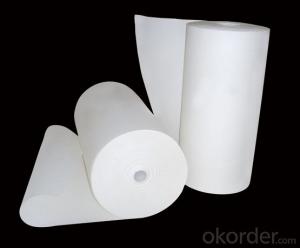When you think of sandwiches, what comes to mind? Delectable layers of ham, cheese, and lettuce, all held together by slices of bread? While that’s a classic, there’s another kind of sandwich that’s not for eating but for building – Sandwich Panels. These are versatile, efficient, and increasingly popular in the construction and architectural industries. So, if you’re in the market for Sandwich Panels, you’ve come to the right place. Welcome to your comprehensive buyer’s guide, where we’ll explore everything you need to know about these unique building materials.
What Are Sandwich Panels?
Sandwich panels are a type of composite material that consists of two outer layers, typically made of metal, plastic, or wood, and a lightweight core, usually made of a foam, rockwool, or other insulation material. The outer layers provide strength and rigidity, while the core offers insulation and energy efficiency. These panels are used in a variety of applications, including walls, roofs, and floors in both residential and commercial buildings.
Why Choose Sandwich Panels?
There are several reasons why you might consider choosing sandwich panels for your next project:
1. Energy Efficiency: Sandwich panels boast excellent insulation properties, which can significantly reduce your energy consumption and lower your utility bills.
2. Durability: Made with robust materials, these panels can withstand harsh weather conditions and maintain their integrity over time.
3. Speed of Construction: Sandwich panels are prefabricated, which means they can be quickly and easily installed, reducing construction time and labor costs.
4. Customization: With a variety of materials and finishes available, you can customize sandwich panels to fit the aesthetic and functional needs of your project.
5. Sustainability: Many sandwich panels are made with eco-friendly materials, making them a green choice for environmentally conscious builders.
How to Choose the Right Sandwich Panel
Choosing the right sandwich panel involves several factors:
– Material: Consider the outer layer material (metal, plastic, or wood) and its suitability for your project’s environment and requirements.
– Core: The core material (foam, rockwool, etc.) will determine the panel’s insulation and fire resistance properties.
– Thickness: The panel’s thickness will affect its structural strength and insulation capabilities.
– Finish: The finish on the panels can impact their appearance and resistance to wear and tear.
– Certifications: Look for panels with certifications that ensure quality and compliance with industry standards.
Where to Buy Sandwich Panels
When looking to purchase sandwich panels, consider the following options:
– Local Suppliers: Check out local suppliers for immediate availability and personalized service.
– Online Retailers: Online platforms offer a wide range of options and the convenience of shopping from anywhere.
– Manufacturers Direct: Buying directly from the manufacturer can provide cost savings and direct support.
How Much Do Sandwich Panels Cost?
The cost of sandwich panels can vary widely depending on the material, size, thickness, and supplier. It’s essential to get multiple quotes and compare prices to ensure you’re getting the best deal. Remember, the cheapest option isn’t always the best in terms of quality and longevity.
Maintenance and Care for Sandwich Panels
Proper maintenance and care can extend the life of your sandwich panels:
– Cleaning: Regular cleaning can prevent the buildup of dirt and grime, which can affect the panel’s performance.
– Inspection: Periodic inspections can help identify any damage or wear that needs to be addressed.
– Repair: Prompt repair of any issues can prevent further deterioration and costly replacements.
The Future of Sandwich Panels
As technology advances, sandwich panels are expected to become even more efficient and versatile. Innovations in materials and manufacturing processes will likely lead to improved performance and new applications for these panels.
Wrapping Up
Sandwich panels are a fantastic option for those looking to combine strength, insulation, and aesthetics in their construction projects. Whether you’re building a new home, renovating a commercial space, or working on an industrial project, these panels offer a multitude of benefits. By following this guide, you’ll be well on your way to making an informed decision about incorporating sandwich panels into your next build.
So, are you ready to start ‘building’ your sandwich? Let’s dive in and explore the layers of possibilities that sandwich panels can offer you!

